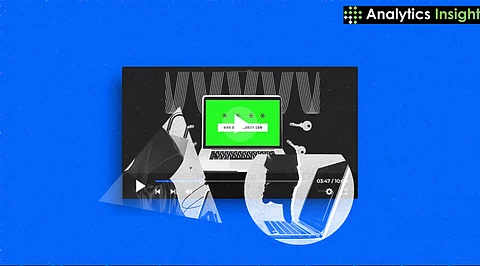The Future of Cybersecurity: 10 Key Trends for 2025
The cybersecurity landscape is rapidly evolving as emerging technologies introduce new opportunities and vulnerabilities. From quantum computing risks to AI-driven attacks, businesses must act now to prepare for the challenges ahead. Here are the key cybersecurity trends for 2025 and strategies for mitigating risks.
AI and Quantum Computing: The New Frontier
AI is expected to revolutionise cybersecurity as quantum machines threaten to break current secure codes starting in 2025. Businesses have to migrate to quantum-safe cryptography in order to secure important information. Additionally, AI grows as a tool of more advanced attacks, for instance, AI ransomware that completes network mapping and escalates demands for a ransom fast. Such trends necessitate the use of the best firewalls, threat identification systems and encryption.
Cloud and IoT Security Challenges
As the structures of multi-clouds and the Internet of Things evolve, the agenda of security threats does as well. The other areas include misconfigured cloud systems and insecure IoT devices among others. They are only effective for a certain degree of usage, and organizing these environments requires encryption, monitoring, and endpoint protection. Over 90% of businesses will be using multiple clouds by 2025, IoT devices will be more than 32 billion in number, and it also calls for more aggressive protection.
Identity and AI-Driven Threats
Modern malware attacks target the user credentials rather than attempting to find susceptibilities to penetrate as before. Other protection techniques that should be used to protect systems are MFA and the zero-trust model. AI agents are seen to be involved in 25% of the enterprise data breaches in 2028, thus introducing new threats to organizations. In favour of this, it is necessary to underline that organizations face new security threats within the usage of AI, and they need AI-specific protection and prevent insider threats.
Regulatory and Strategic Shifts
Cybercrime is estimated to cost $13.82 trillion by 2028 and therefore governments may come up with tighter measures. It is found that the compliance-oriented approach must be implemented by businesses to minimise cybersecurity risks. Moreover, the dichotomy of positions between CIOs and CISOs is gradually collapsing as more and more aspects come under the remit of IT and cybersecurity to manage.
Strengthening Defenses for 2025
To stay ahead of evolving cyber threats, businesses should adopt a layered defence strategy:
They recommended that each Account be enabled for Multi-Factor Authentication and also the Zero Trust Cryptographic Security Concept be adopted.
To increase threat awareness, digitalize the Security Operations Centre (SOCs) with cognitive technologies.
To save cloud and IoT systems, one must employ a monitor and encryption in real-time.
Finally, educate the human resources in the organisation so that they are in a position to identify phishing and also continue to put the security measures to test.
It’s by dealing with such megatrends that commercial organizations can protect their work and information from new threats in today’s growing field of cyber threats.
.png)

